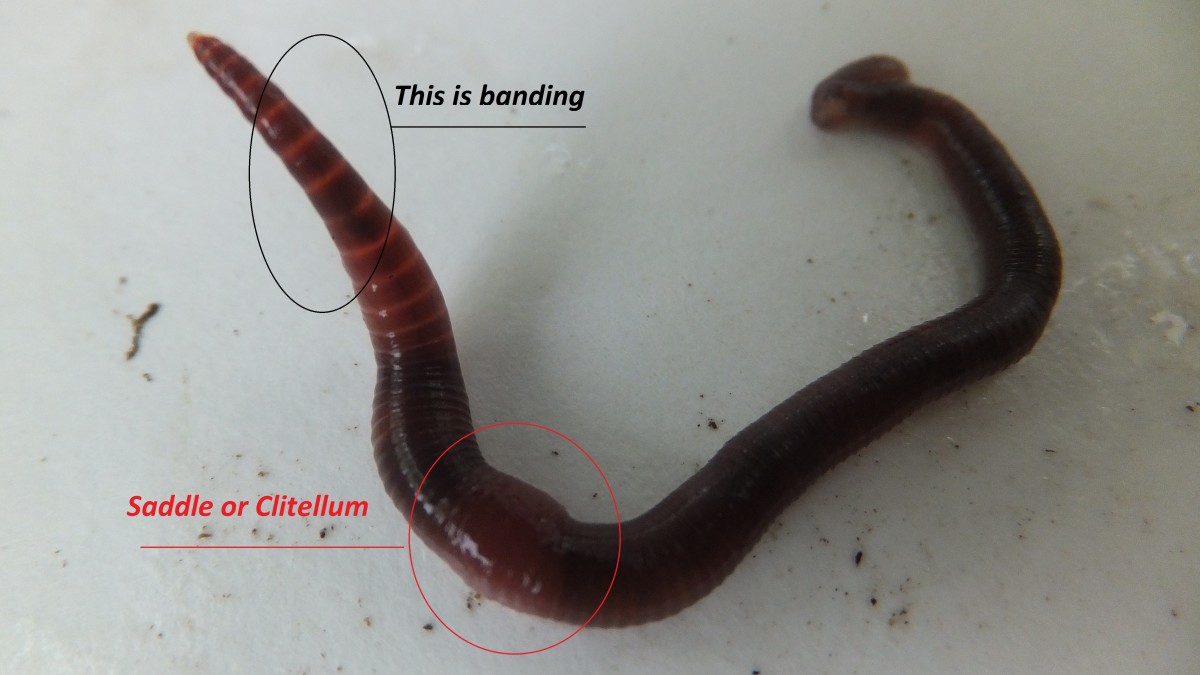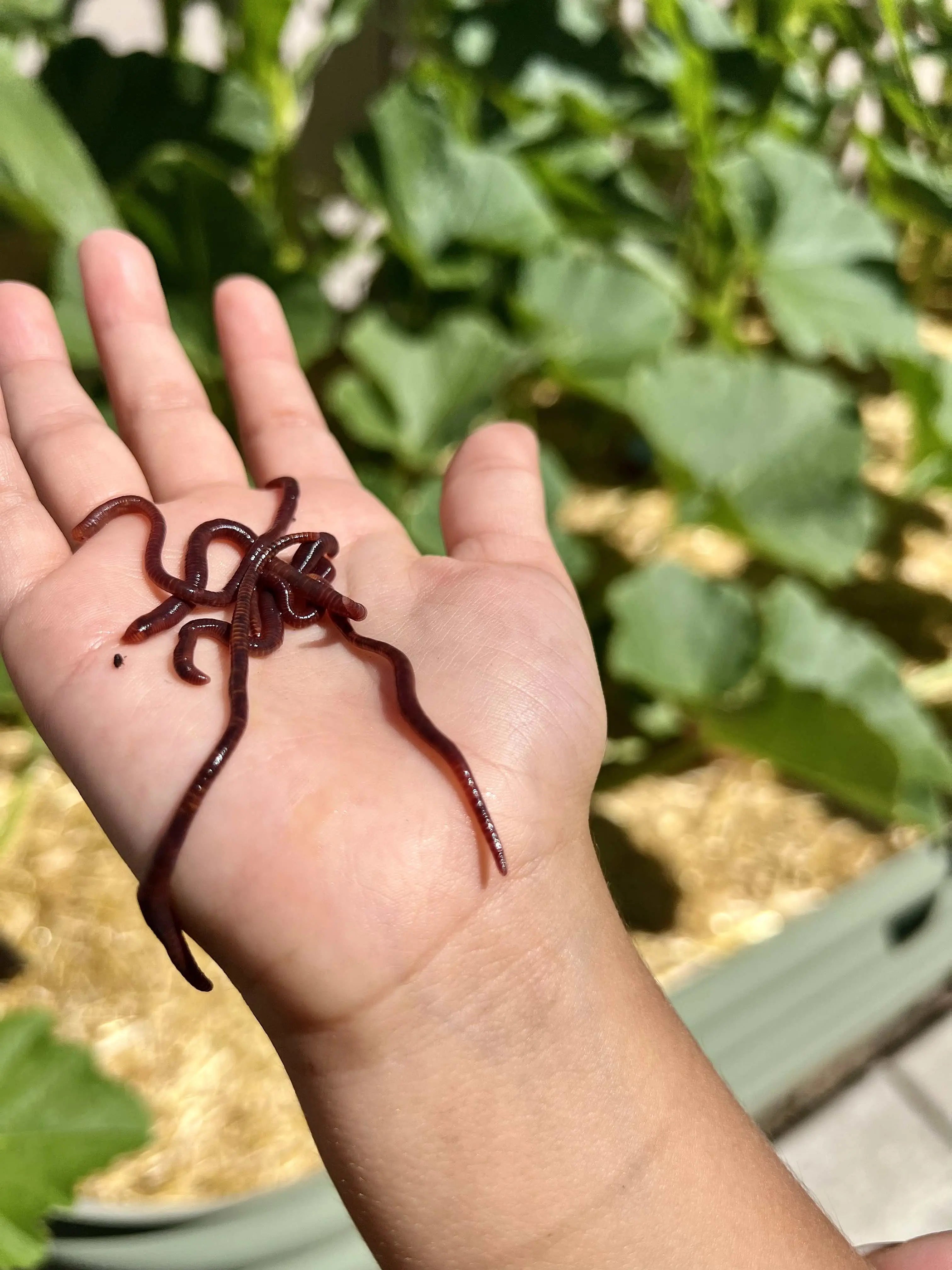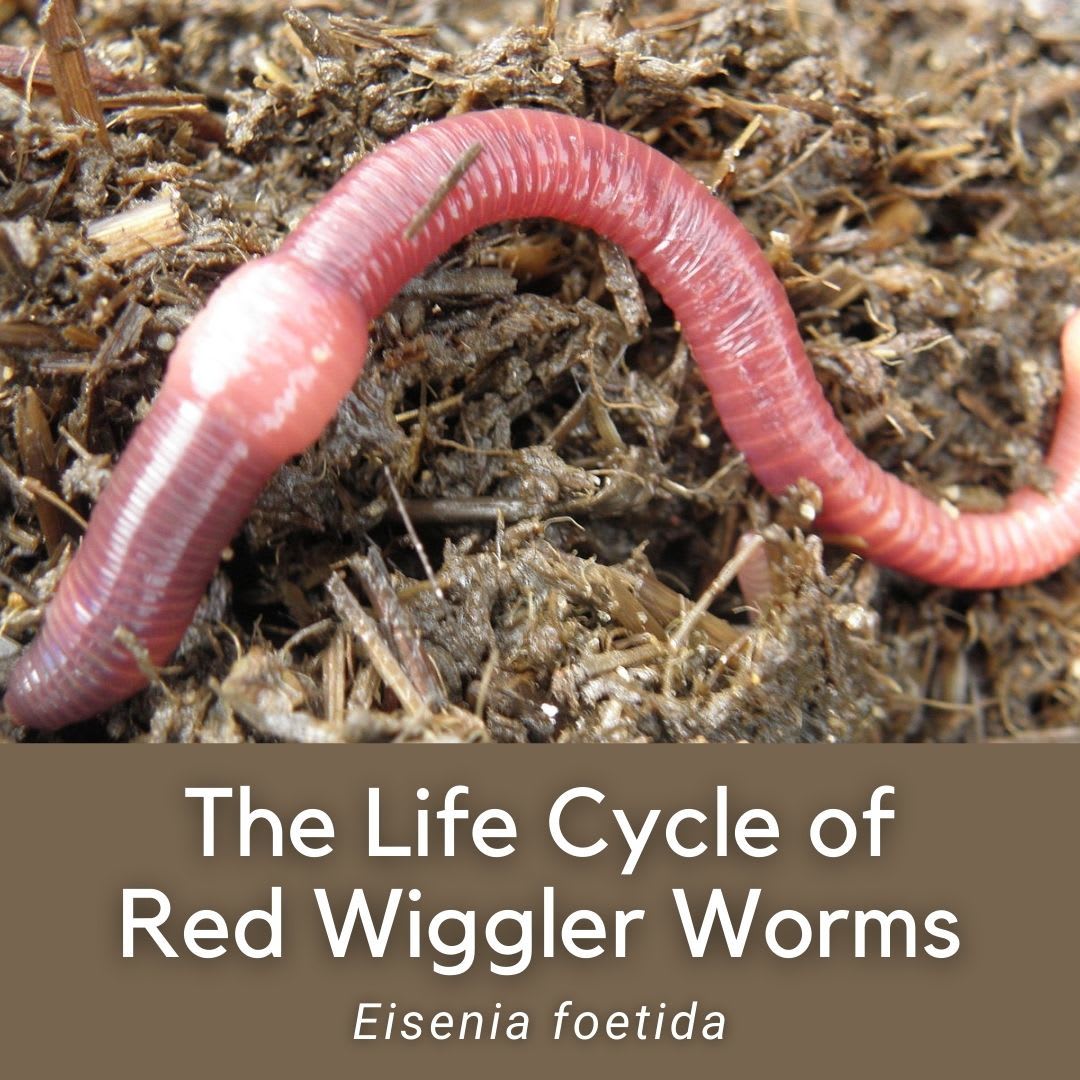Red Wigglers: The Unsung Heroes of Organic Waste Recycling
Red wigglers, or Eisenia fetida, work as important agents in the organic waste recycling process, transforming disposed of products right into useful vermicompost. Their reliable break down of natural issue not just boosts dirt top quality yet likewise adds to sustainable waste management practices. As the world increasingly looks for solutions to combat waste accumulation and boost farming performance, recognizing the function of these worms ends up being necessary. What devices enable them to flourish in compost environments, and just how can they be properly made use of in both household and business settings? Exploring these questions discloses the broader implications of vermicomposting in our ecological landscape.
What Are Red Wigglers?
The remarkable strength of red wigglers, scientifically referred to as Eisenia fetida, highlights their essential duty in organic waste recycling. These small, reddish-brown earthworms are commonly discovered in breaking down natural matter, such as compost heap and manure lots. Lake Hickory Bait. Unlike other earthworm varieties, red wigglers flourish in nutrient-rich settings and are extremely reliable at breaking down natural materials, making them necessary for vermicomposting

Advantages of Composting With Worms
Composting with worms, particularly red wigglers, provides various advantages that improve both waste administration and dirt wellness. These worms effectively damage down organic waste, converting it into nutrient-rich vermicompost that enhances soil. This process accelerates decomposition, enabling a faster recycling of cooking area scraps and various other natural products compared to conventional composting methods.
Furthermore, the vermicompost produced by red wigglers is including advantageous microorganisms, which help improve dirt structure, aeration, and moisture retention. This boosts the overall health and wellness of plants, advertising energetic growth and raised returns in gardens and agricultural setups. In addition, the usage of worms in composting decreases the manufacturing of greenhouse gases, such as methane, contributing to a more lasting waste administration system.

How to Begin Vermicomposting
Developing a vermicomposting system is an uncomplicated procedure that can yield significant advantages for both waste management and soil enrichment. To begin, choose an appropriate container, such as a plastic container or wood box, with adequate ventilation holes to make sure appropriate airflow. The dimensions ought to ideally be around 2 feet by 3 feet, enabling adequate area for the worms to prosper.
Following, prepare bed linens product, which can contain shredded paper, cardboard, or coconut coir. This bed linens needs to be dampened to develop an ideal environment for the worms. When the bed linen remains in location, introduce red wigglers (Eisenia fetida) into the bin, usually around one pound of worms for each square foot of surface.
Following the positioning of worms, include organic waste, such as fruit and vegetable scraps, coffee premises, and crushed eggshells. With these actions, you will successfully initiate a vermicomposting system that adds to lasting waste management and improves your dirt.
Preserving a Healthy And Balanced Worm Container
Oygenation is essential. Delicately mixing the bed linen and food scraps every couple of weeks prevents compaction and makes sure that all worms have accessibility to oxygen. Additionally, it is necessary to feed the worms appropriately. A balanced diet regimen of vegetables and fruit scraps, coffee grounds, and smashed eggshells need to be offered in moderation to stay clear of overfeeding, which can lead to odors and bugs.
If the bin ends up being too hot or cold, the worms might come to be stressed out. By faithfully taking care of these aspects, one can preserve a robust and productive worm bin.
Influence on Lasting Living
The effective maintenance of a worm bin not just profits the health and wellness of red wigglers but also adds dramatically to lasting living practices. By recycling natural waste, such as kitchen area scraps and yard particles, red wigglers assist divert substantial quantities of material from landfills. This decrease in waste not just decreases greenhouse gas exhausts however also minimizes the ecological concern associated with waste monitoring.
Additionally, the castings generated by red wigglers act as a nutrient-rich organic plant food, enhancing dirt health and wellness and promoting plant development. This natural choice to chemical fertilizers sustains sustainable farming and gardening techniques, decreasing dependence on synthetic inputs that can damage environments. In addition, worm composting cultivates awareness of waste monitoring, encouraging individuals and neighborhoods to adopt even more lasting routines.

Conclusion
In summary, red wigglers serve as essential factors to natural waste recycling through their efficient decomposition of organic products. By incorporating vermicomposting right into waste monitoring approaches, people and neighborhoods can considerably decrease waste while advertising ecological sustainability.
Comments on “Discover How Lake Hickory Bait Can Improve Your Lawn’s Growth and Vitality”